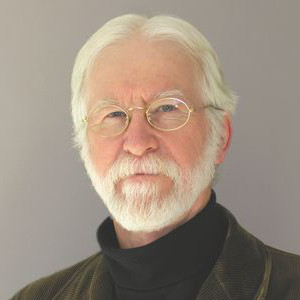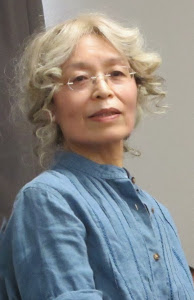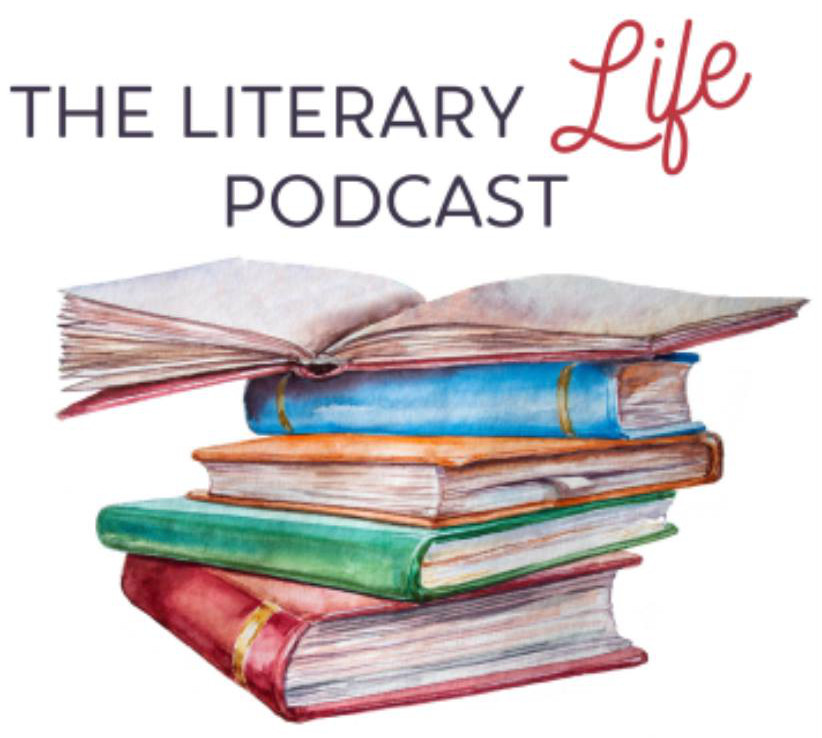Beauty and the Beast (Adaptation)

Content:
Beauty and the Beast
Illustrator:
K.Y. Craft ![]()
Mahlon F. Craft
Publication:
2016 by HarperCollins
Genre:
Fairy Tales, Fiction, Folk Tales, Picture Books
Pages:
32
Current state:
Basic information has been added for this book.
It has been read but content considerations may not be complete.
Book Guide
Lovely Beauty, dry your eyes
In this place no danger lies,
For when you have a wish or need,
You have only to ask and I must heed.
A Beauty, beloved for her spirit,
a Beast, with a plea for kindness,
the spell that encircles them,
and the kind of magic an honest
heart may bring . . .
The timeless tale of Beauty and the Beast is captured with breathtaking style in this lavishly illustrated story by the award-winning team of Mahlon and Kinuko Craft. In a glorious castle set deep in a mysterious forest, the tale of a father's fate-filled promise and a daughter's courage unfolds.
In the spirit of the Crafts' acclaimed fairy-tale retellings of Cinderella and Sleeping Beauty, this story, themed on Jeanne-Marie Leprince de Beaumont's version first published in France in 1756, is filled with sumptuous paintings and ornamental detail. The artist has created wonderfully rich, imaginative scenes.
The beloved classic is brilliantly brought to life in this lush picture book to be cherished at story time again and again.
From the dust jacket
To view an example page please sign in.
Resource Guide
Episode 70: Why Read Fairy Tales?
Released in 2020 by The Literary Life
Available formats: Streaming Audio
Length: 1 hr. 29 min.
View on the The Literary Life site
"Angelina Stanford and Cindy Rollins tackle the topic of fairy stories, discussing the what, why and how of reading them. Angelina shares the distinctive characteristics of fairy stories in contrast to other types of stories, such as myths. They deal with the question of whether fairy tales are 'escapist', the influence of the Grimm brothers scholarly work on interpreting fairy stories, and allowing the story to unveil its deeper truths without forcing meaning onto it.
Angelina gives an illustration of how to see the gospel messages in fairy tales by talking us through the story of Sleeping Beauty. She refutes the ideas that fairy tales are about human romance or are misogynistic. She also highlights some of the Enlightenment and Puritan responses to fairy tales that still linger with us today. Cindy and Angelina also discuss some common concerns such as the magical, weird, or scary aspects of fairy tales. Angelina also makes a distinction between folk tales, literary fairy tales, and cautionary tales."




